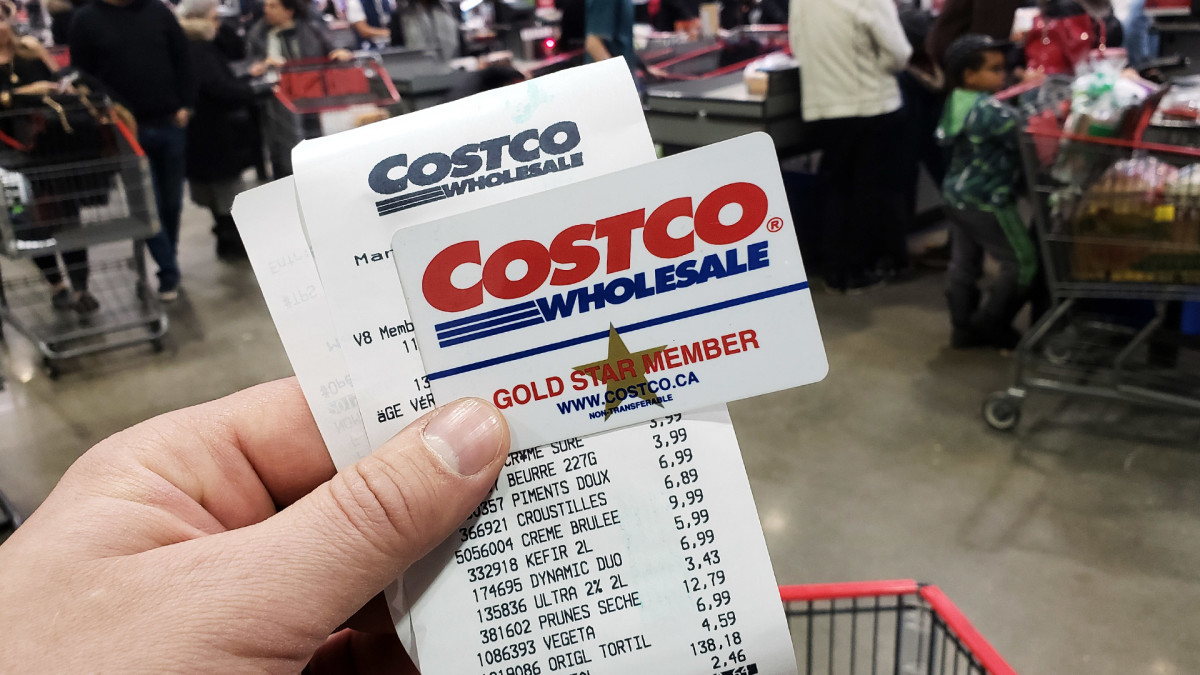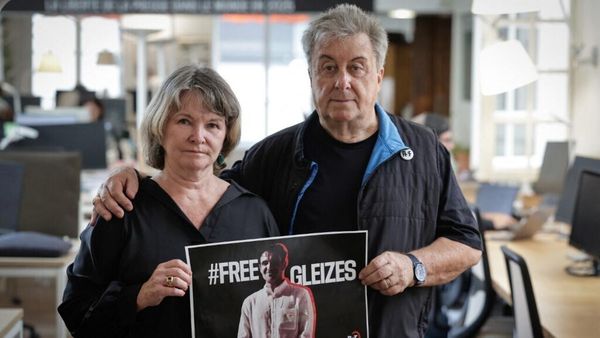
Costco has generally been a pretty predictable company. That's because it wants to be transparent with its members: Protecting its renewal rates and word of mouth that leads to new membership sales remain the most important factors in its business metrics.
The warehouse club wants its members to understand how it's spending money and making decisions to keep prices down. That's why the retailer (COST) has been deliberate in its efforts to build a digital business and why it has been open with its members on its margins, inflation, and other factors that affect in-store pricing.
Related: Costco faces lawsuit over hugely popular product
Chief Financial Officer Richard Galanti, who will step down from his position March 15, said in the company's fiscal-first-quarter earnings call that inflation has essentially gone away.
"Most recently, in the last fourth-quarter discussion, we had estimated that year-over-year inflation was in the 1% to 2% range. Our estimate for the quarter just ended, that inflation was in the 0% to 1% range," he said.
That's a level of honesty that few companies share. Costco offers that transparency because it wants its members to understand why prices go up and down. And while few members are listening to earnings calls, the media act as a filter to make that information public.
Costco's business depends on its members renewing. That's the company's most important metric and it's also an indicator where the company can see each month whether it has done something to annoy its customers, enabling it to adjust accordingly.
The retailer has gone past the period where it normally raises its membership prices, and Galanti explained the company's thinking during the earnings call.

Image source: Xinhua/Ting Shen via Getty Images
Costco is past due for a membership price hike
Traditionally Costco has raised its membership fees every five to six years. It has exceeded that period and continued to charge $60 for a basic Gold Star membership and $120 for an Executive membership, which comes with 2% cashback up to $1,000 per year.
Costco last raised its membership prices in 2017. Galanti has said that the company has been wary of overall economic conditions and has hesitated to raise membership prices in an economy of which people remain wary.
He did make clear that all the conditions are in place for the warehouse club to make the move.
"I think it's just us. I mean, you know, again, if I look at the, if you ask the question, what are the variables we would look at? We would want to look at strong renewal rates, strong new signups, strong loyalty, and we have all that," he said.
The retiring CFO explained why Costco has not made the move.
"The question is we — we haven't needed to do it. We like providing extreme value. Certainly, while we've gone a little longer than the average increase, we feel we certainly have driven more value to the membership," he added.
That does not mean it's not coming.
"So, you know, I'll use my standby answer, my pat answer, it's a question of when, not if. But at this juncture, we feel pretty good about what we're doing," he shared.
Costco's membership numbers remain strong
Costco has moved the majority of its members in the U.S. (60%) to auto-renewal. That gives it an even bigger barrier to losing customers as anyone on auto-renewal has to choose to leave.
The warehouse club has also shown that it's able to continue to attract younger customers.
"I remember, 10-plus years ago, people would ask, 'How are you going after millennials?' And then, it's how we get after the next generation or whatever — the Gen Z's or whatever. At the end of the day, when we look at the different cohorts, if you just change the names, the curve seems to be about the same in terms of getting new younger members," he said.
There are also clear patterns as to how members spend once they join.
"They buy less, and they buy more as they get older into that 40- to 55-year-old sweet spot. And I don't know in terms of renewal rates, I think the rates are — our overall rates are improving. So, I think we're probably doing a better job there," he added.







